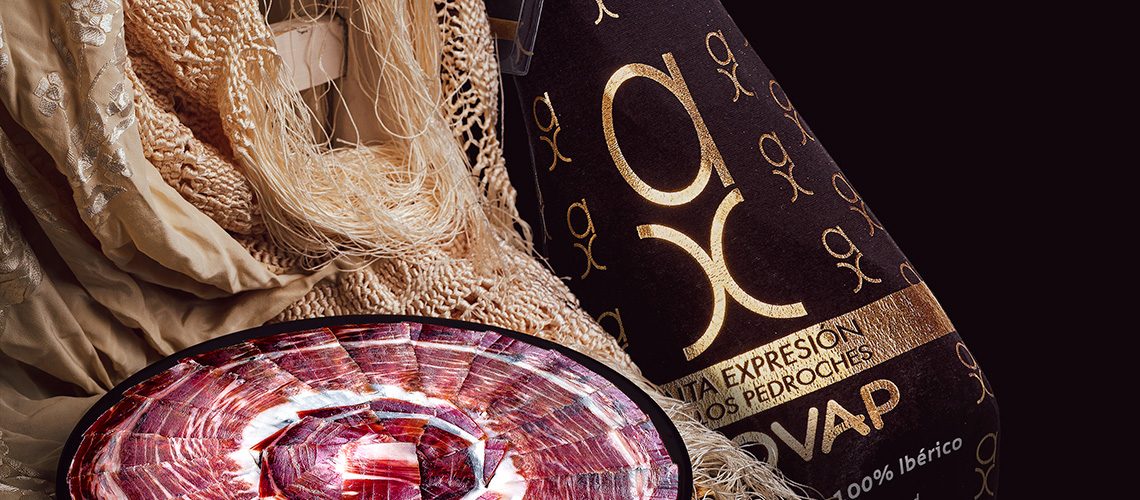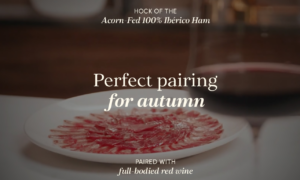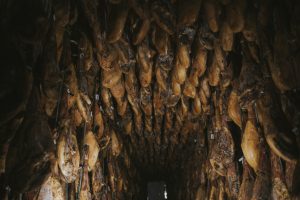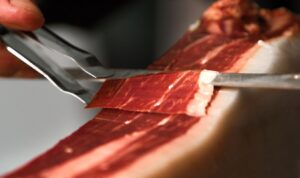Springtime in southern Spain means one very important thing: feria. Practically every city and town in Spain throws their own local version of a feria (fair) throughout the year, each full of parades, parties, costumes, and of course, the best food and drink. Many areas in the south put on their ferias when the weather starts to turn, the flowers blossom, and the sun comes out to play.
So what exactly is a spring fair like in southern Spain? They vary from town to city, but generally people head to a big fairground where they build elaborate tents and fill them with beautifully painted tables, personal photographs, family relics, and a full-on restaurant. Everyone dresses up and spends the week eating, drinking, playing music, and dancing in these decorated tents called casetas. It’s a great opportunity for friends and family to get together and simply have a good time enjoying the weather and festivities.
Despite what you may think, you don’t have to be in Spain to have a proper feria. You can create your own spring fair at home with a few key components and a lot of Spanish spirit.
The Decorations
To really get into feria mode, you’ll need to deck out your yard or house in full feria fashion. Polka dots, especially red and white ones, are quintessential spring fair decorations. Go crazy with polka dot table cloths, banners, or the most important: paper lanterns. The feria is always decorated with thousands of paper lanterns and people even hang them from their balconies all week in celebration. At the fair in Seville, for example, paper lanterns line every street and illuminate the fairgrounds at nightfall.
You can also set out red carnations for guests to put in their hair or on their lapel, Spanish fans for when it gets too warm, and any other bright and cheerful decorations that scream Spanish fiesta.
The Attire
Everyone dresses to the nines at feria. Men wear tailored suits and sometimes, a flat-brimmed hat called a cordobés. Women wear voluminous and perfectly fitting dresses in an array of patterns and colors, always with tasteful ruffles that mesmerize any passerby as they dance and spin.
Of course, getting your own feria dress in the U.S. may be a bit complicated, but it’s all about the attitude. Put on your best suit or dress, and always lean towards bold colors, polka dots, and ruffles. Add some extravagant earrings, throw a flower in your hair, and you’ll be ready to dance and sing the night away.
The Music & Dance
Music plays constantly at feria! You’ll hear it bursting out of the casetas and flowing into the streets. The most common music and dance at the spring fair is called the sevillana, which is a fun partner-style of flamenco everyone seems to know. Rumba, reggaeton, and other flamenco style songs and dances are also fun tunes that will transport you right to the fairgrounds. If you’re not sure where to look for the right music, there are all kinds of playlists out there online featuring modern and traditional spring feria music.
The Drink
Want to make sure you get everyone dancing and fully into the feria spirit? You need the right drinks! Dry sherry wines from the south of Spain called manzanilla and fino are typical feria beverages, but they can be a bit strong for a full day of celebration if you’re not careful. Nowadays, fair-goers make what is called rebujito, mixing up the manzanilla or fino with 7UP and mint leaves for a refreshing, easy-drinking glass you can sip on all day.
The Food
Possibly the most important component of any Spanish fair is the food. Fried, salty snacks like fried fish are perfect accompaniments to rebujito, as well as boiled shrimp, Spain’s famous tortilla (potato omelet), or small sandwiches like the serranito, which is filled with pork loin, green peppers, and a luxurious slice of jamón. And of course, plates of cured chorizo, salchichón, and jamón ibérico abound at the spring fair. Slice up elegant plates of Spanish cured meats straight from the southern source, and you’ll be one step closer to creating the perfect Spanish spring fair.






